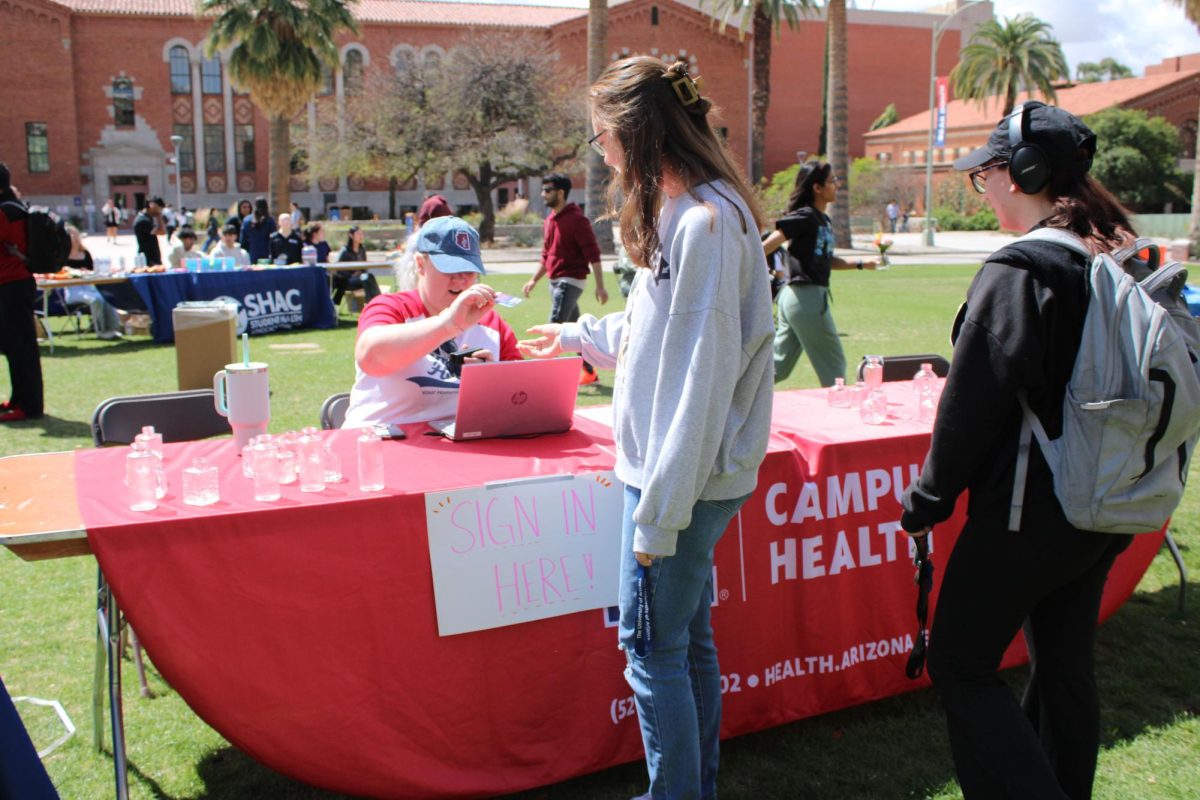WASHINGTON — President Obama made a new pitch for his $50 billion “”roads, railways and runways”” program Monday, selling his latest economic plan with an emphasis on a key voter concern — the loss of American jobs.
Clogged roads, airways and other infrastructure chip away at worker productivity, Obama said, and the longer the country waits to fix it, “”the deeper our competitive edge erodes.””
Obama pitched the plan almost entirely in terms of its benefit to the economy. But in a Rose Garden appearance, he also alluded to the politics of the moment, noting the steadfast Republican opposition to most of his current plans.
Earlier in the day, the administration issued a new report estimating the spending program would create new middle-class jobs in the manufacturing, construction and retail and thereby help boost the economy. More than half of the new jobs would come in construction, a sector where almost one in five workers is out of a job.
First unveiled on Labor Day, the Obama plan figures into the election picture for Democrats, under pressure to show how the economy will improve under the president’s continued stewardship, and theirs.
Still, to pass the measure, the president needs to win over support of Republicans, who oppose his suggestions for government spending as a way out of the country’s economic malaise. Republicans in Congress did not signal a change of heart on Monday.
If the president were serious about quick passage, said one GOP aide, he would have pushed harder for passage before the Senate left town to campaign for midterm elections.
“”Because the November lame-duck session is all booked up, the very earliest the Senate could consider the president’s proposal now would be December,”” said Don Stewart, spokesman for the Senate Republican leader Sen. Mitch McConnell of Kentucky. “”And that’s assuming that the committees could/would want to act in time — a huge ‘if.'””
The strategy the president announced on Labor Day included a $50 billion upfront investment as part of a larger six-year plan for the nation’s transportation system. He also proposed creation of a National Infrastructure Bank that would leverage private capital and select projects of “”regional and national significance.””
The larger plan would rebuild 150,000 miles of roads, cover the construction and maintenance of 4,000 miles of passenger rail, rehabilitate 150 miles of runways and upgrade the air traffic control system, according to White House documents.
The overall funding approach hasn’t been determined, a major sticking point likely to be highlighted in partisan discussions between now at the November elections. Administration officials have said the spending would be offset in part by doing away with tax breaks and subsidies for oil and gas.
The essentials of the Obama plan found some support in a recent report by two former Transportation secretaries recommending substantial investment in U.S. infrastructure. Norman Mineta and Sam Skinner, who each served Republican presidents, took part in a meeting at the White House with Obama to talk about his plan on Monday.
The meeting was convened in part by Obama’s Transportation secretary, former Republican congressman Ray LaHood. Several city mayors and other elected officials also took part in the event.
Obama said that based on percentage of the overall economy, Obama said, the U.S. invests less than half what Russia does in its infrastructure.
China is building “”hundreds of thousands of miles of new roads,”” he said, and, over the next decade, plans to build dozens of new airports and as many as 170 new mass transit systems.
“”Everywhere else, they’re thinking big,”” Obama said. “”They’re creating jobs today, but they’re also playing to win tomorrow. So the bottom line is our shortsightedness has come due.””








